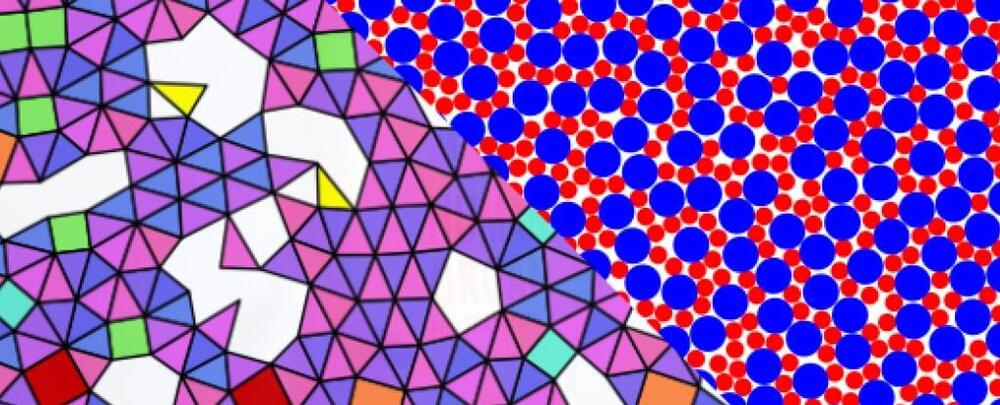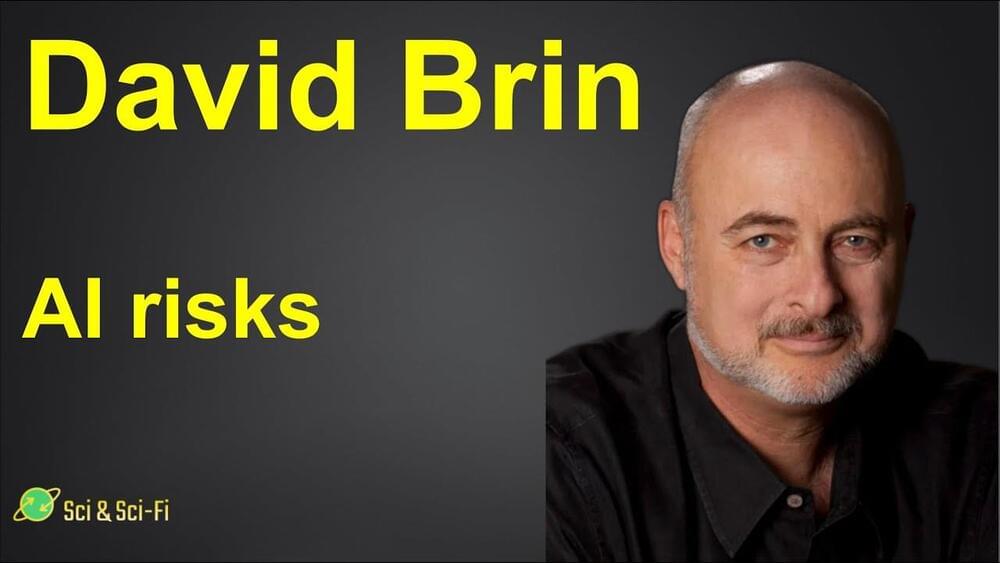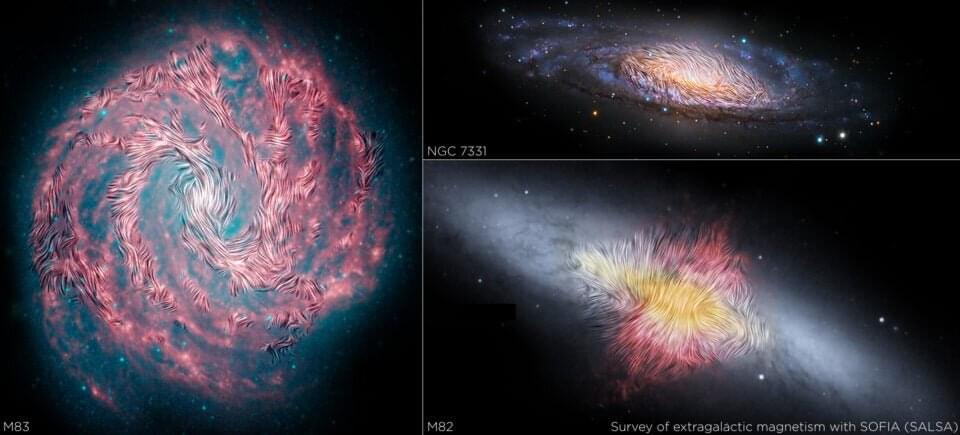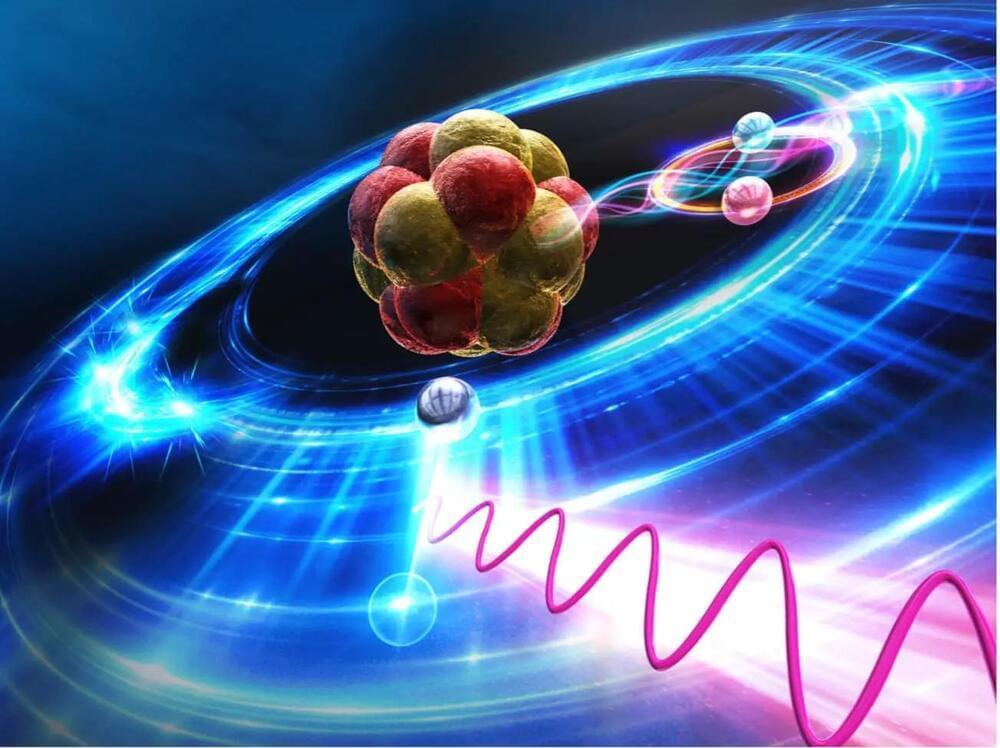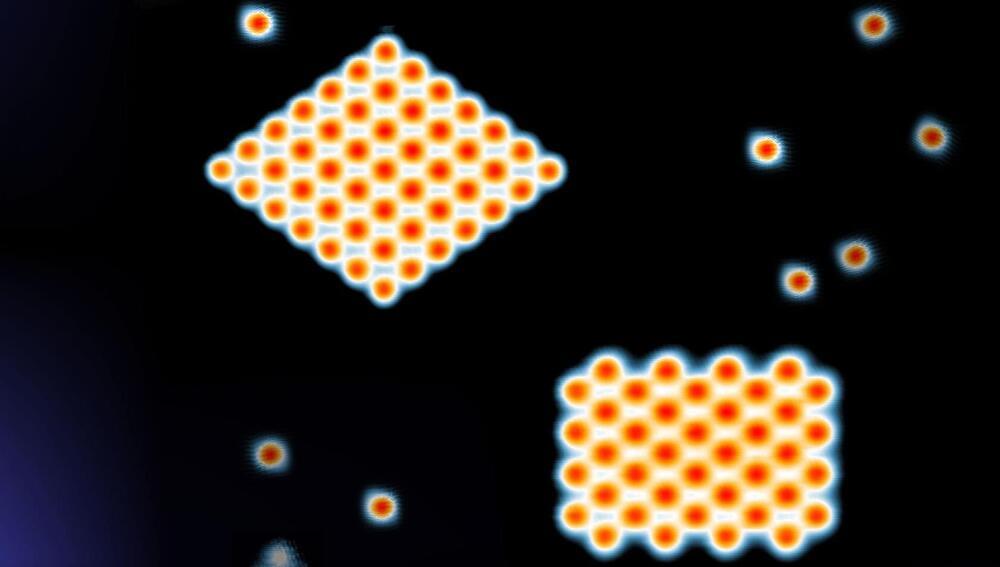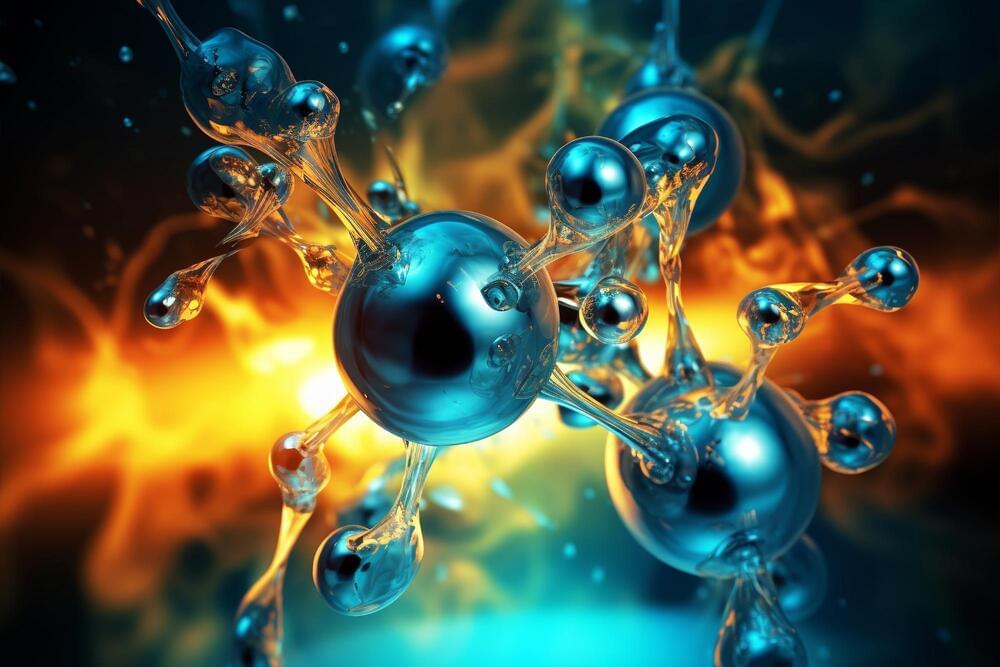Jul 17, 2023
A solid-state quantum microscope that controls the wave functions of atomic quantum dots in silicon
Posted by Jose Ruben Rodriguez Fuentes in categories: computing, particle physics, quantum physics
Over the past decades, physicists and engineers have been trying to develop various technologies that leverage quantum mechanical effects, including quantum microscopes. These are microscopy tools that can be used to study the properties of quantum particles and quantum states in depth.
Researchers at Silicon Quantum Computing (SQC)/UNSW Sydney and the University of Melbourne recently created a new solid-state quantum microscope that could be used to control and examine the wave functions of atomic qubits in silicon. This microscope, introduced in a paper published in Nature Electronics, was created combining two different techniques, known as ion implantation and atomic precision lithography.
“Qubit device operations often rely on shifting and overlapping the qubit wave functions, which relate to the spatial distribution of the electrons at play, so a comprehensive knowledge of the latter provides a unique insight into building quantum circuits efficiently,” Benoit Voisin and Sven Rogge, two researchers who carried out the study, told Phys.org.
